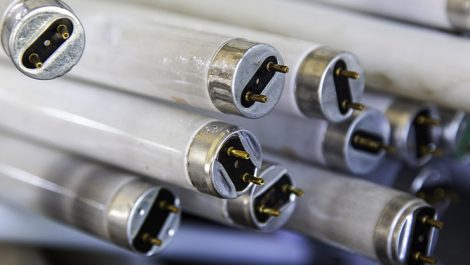Following a recent argument with a bunch of tenants in a block of flats in Brighton UK, the local municipality removed all recycling facilities except for glass. A building of 40 flats and around 150 people now throw all their cans, paper, board and recyclable plastics into the trash. It ends up either incinerated or in landfill. The tenants are mostly in uproar and understandably disinclined to traipse off to overflowing streetside recycling bins. But it’s a bigger problem than mere inconvenience. Buyers of recycled raw materials are losing out, because this pattern of behaviour is not unique to a single block of flats.
The row at the flats in Brighton stems from ignorance and laziness on the part of a few tenants who choose not to segregate their waste, but were instead putting all of it into a the bin for paper and cardboard. Paper and cardboard thus polluted are unsuitable for recycling according to the waste collection agency. Why this happens is not clear, but we have no choice but to accept that not everyone chooses to be a good citizen when it comes to recycling. So should this mean that there is an opportunity to come up with new ways of managing waste segregation?
Probably. What this little story tells us is that expecting people to sort waste at source is a good but fundamentally flawed idea that could lead to no recycling at all. Powerful optical sorting technologies are already able to automatically recover fibre and plastics such as PET and HDPE (PET’s high density sibling) and metal detection systems separate out cans. How they deal with contaminants varies but optical technology seems to have the best potential for maximising recyclability.
However for it not to matter that recalcitrant citizens are lazy with their recycling, requires investment into these new technologies. The waste industry may not be inclined to do so without some fairly strong incentives. Profit potential is a pretty good motivator and the ability of these new technologies to ensure that getting higher grade output is not so vulnerable to contamination levels could improve profits. Automation increases sorting throughput by as much as 500%, so savings in manual labour are another justification for investment into new sorting systems.
But at the end of the day, increasing print’s recycling levels comes down to awareness amongst end users. If we can make more people aware of the value of recycling and make it more convenient, even the lazy might be encouraged to make an effort.
– Laurel Brunner
This article was produced by the Verdigris Project, an industry initiative intended to raise awareness of print’s positive environmental impact. This weekly commentary helps printing companies keep up to date with environmental standards, and how environmentally friendly business management can help improve their bottom lines. Verdigris is supported by the following companies: Agfa Graphics, EFI, Fespa, HP, Kodak, Kornit, Ricoh, Spindrift, Splash PR, Unity Publishing and Xeikon.





